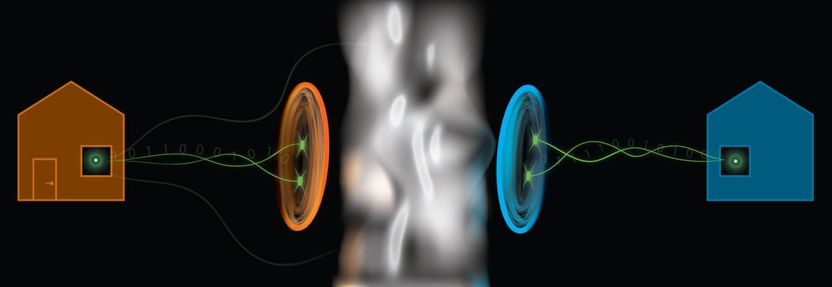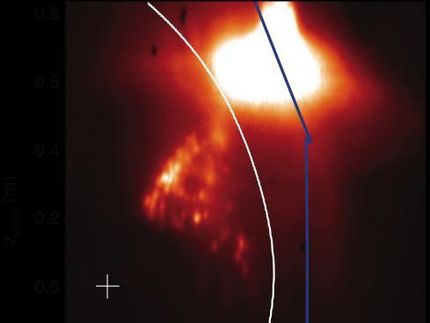Further understanding of a process that causes heat loss in fusion devices
Everyone knows that the game of billiards involves balls careening off the sides of a pool table — but few people may know that the same principle applies to fusion reactions. How charged particles like electrons and atomic nuclei that make up plasma interact with the walls of doughnut-shaped devices known as tokamaks helps determine how efficiently fusion reactions occur. Specifically, in a phenomenon known as secondary electron emission (SEE), electrons strike the surface of the wall, causing other electrons to be emitted. Those secondary electrons cool the plasma’s edge and dampen the plasma’s overall performance.
Scientists at the U.S. Department of Energy’s (DOE) Princeton Plasma Physics Laboratory (PPPL) have been studying SEE for decades, and in the past year have made important advances that further their understanding. Most recently, two of the physicists — Marlene Patino, a graduate student at the University of California, Los Angeles, and Angela Capece, a professor at the College of New Jersey — have focused their efforts on researching how SEE is affected by different wall materials and structures.
Understanding SEE is crucial because the behavior of the secondary electrons could affect the performance of future fusion machines. “When heat losses become large, the fusion machine is less able to produce power,” Capece said.
In her SEE research, Capece studied how electrons interacted with lithium, a wall material that could improve the ability of tokamaks to confine plasma. Other scientists interested in lithium have created computer models that simulate how lithium interacts with electrons from the plasma, but those models have not taken into account how easily lithium bonds with other trace elements in the plasma, like oxygen, to form new molecules like lithium oxide. Those new molecules interact with electrons differently than pure lithium would.
Specifically, when electrons strike lithium oxide on a tokamak wall, many more secondary electrons are released into the plasma than for non-lithium wall materials like tungsten and carbon. If a tokamak has a lining made of graphite, one electron striking it with a particular amount of energy may produce one secondary electron. On the other hand, if an electron with the same energy strikes a lining made of lithium oxide, from one to three secondary electrons could result.
This discrepancy is crucial. “When incorporating SEE into models of fusion devices, it is important to account for the reactivity of lithium and that it will form lithium oxide in a tokamak environment,” Capece said.
Capece ultimately found that, in general, it becomes easier for an electron to release a secondary electron when the oxygen content in lithium linings rises. Her research quantified exactly how the amount of oxygen bound to the lithium in the wall changes the amount of secondary electrons that can enter the plasma. While an increased SEE yield could drive up heat loss, many variables at the edge of the plasma could modify the impact.
Patino studied SEE from a different perspective. She researched tiny structures, known as “fuzz,” that form on tungsten linings when they have been bombarded by helium nuclei. She observed that in comparison to smooth tungsten, tungsten with fuzz can reduce SEE by 40 percent to 60 percent. These findings were significant because past researchers’ studies involved manufactured microstructures, while in this study the tungsten fuzz grew by itself. Moreover, unlike with manufactured structures, the reduction of SEE does not depend on the angle at which the electrons approach the wall, both because the secondary electrons are trapped by the fuzz and the fibers in the fuzz are distributed randomly. “This lack of dependence on incident angle is important for walls in plasma machines since the electrons will impact the walls at large oblique angles,” Patino said.
SEE first attracted the attention of PPPL scientists through both experimentation and theoretical research into plasma thrusters, devices that could one day propel spacecraft to distant cosmic objects. “PPPL researchers came up with the idea of using surface-architectured materials such as carbon velvet to suppress SEE and thereby improve the performance and longevity of the plasma thrusters,” said Yevgeny Raitses, a principal research physicist at PPPL and principal investigator on both Patino’s and Capece’s projects.
Most read news
Topics
Organizations
Other news from the department science

Get the chemical industry in your inbox
By submitting this form you agree that LUMITOS AG will send you the newsletter(s) selected above by email. Your data will not be passed on to third parties. Your data will be stored and processed in accordance with our data protection regulations. LUMITOS may contact you by email for the purpose of advertising or market and opinion surveys. You can revoke your consent at any time without giving reasons to LUMITOS AG, Ernst-Augustin-Str. 2, 12489 Berlin, Germany or by e-mail at revoke@lumitos.com with effect for the future. In addition, each email contains a link to unsubscribe from the corresponding newsletter.
Most read news
More news from our other portals
Last viewed contents

World’s highest-performance superconducting wire segment fabricated at UB - New study details how large-scale, cost-effective use of high-temperature superconducting wire is another step closer to reality
Chemical_polarity
Grain_boundary_depletion
Basalt
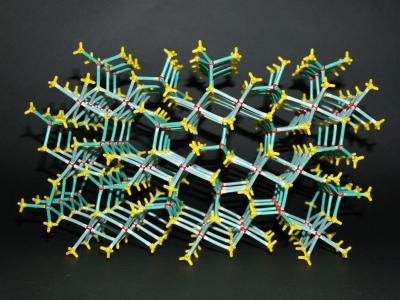
A better device to detect ultraviolet light - New type of photodiode, described in the journal Applied Physics Letters, shows promise for space-based communication and monitoring ozone depletion
Muhammed_ibn_Umail_al-Tamini
Particle_in_a_one-dimensional_lattice_(periodic_potential)
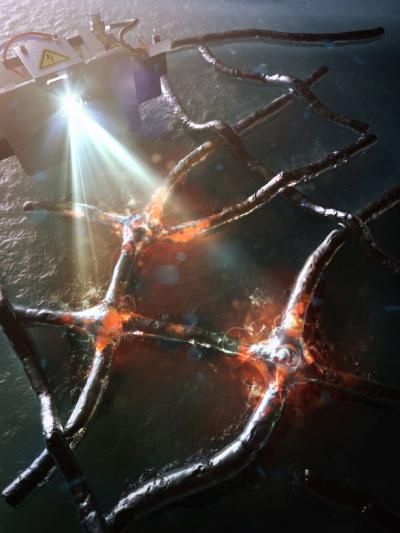
Improving silver nanowires for FTCEs with flash light interactions
Enovate
Proton-proton_chain_reaction
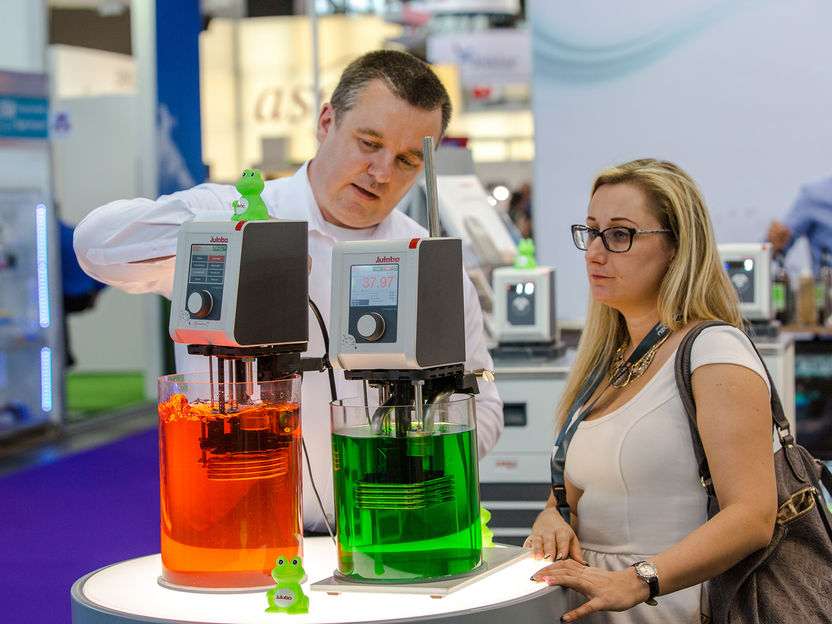
Trends in Analytics: Digitization, detecting novel pollutants and more - analytica 2018
